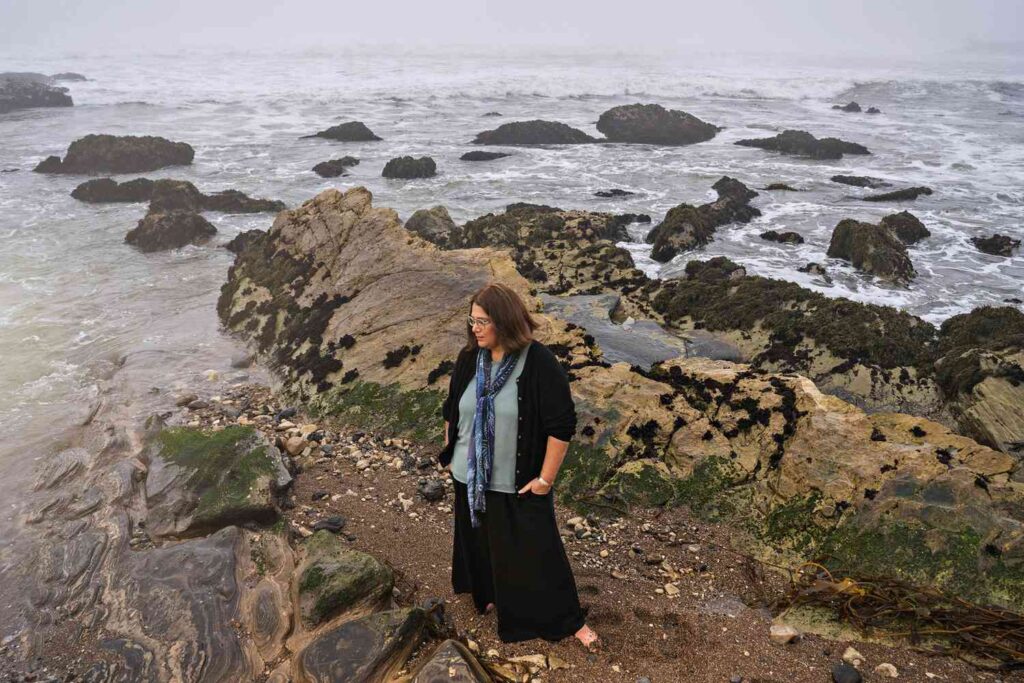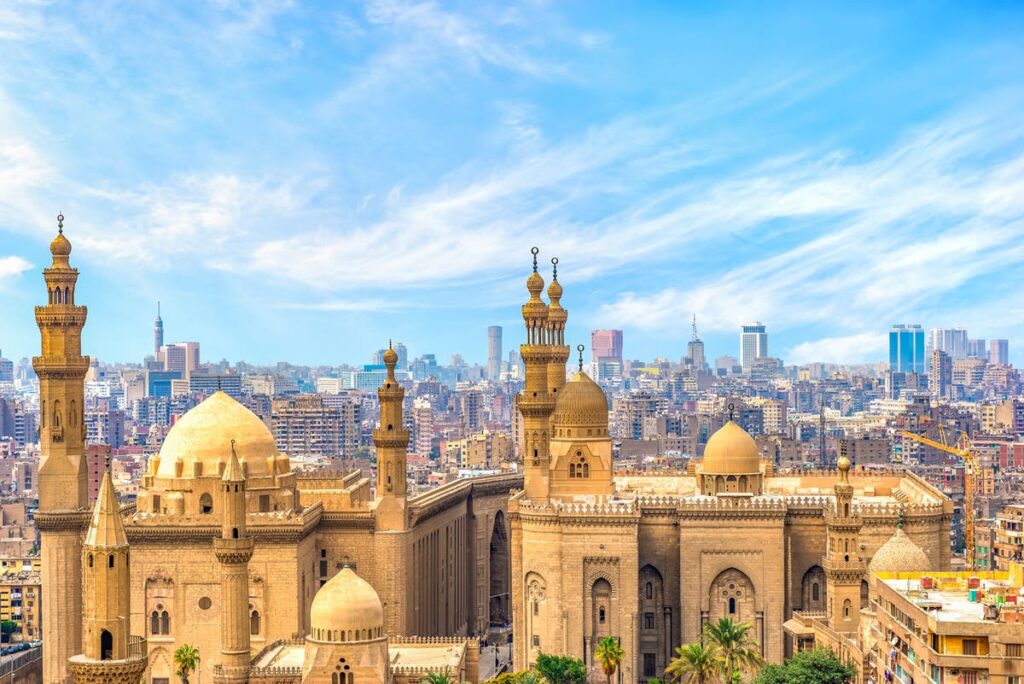:max_bytes(150000):strip_icc():format(jpeg)/TAL-woman-portrait-sea-rocks-CHUMASH0225-94fed40836464e19b0abdb997b373bf9.jpg)
Damp cold seeped into my bones as the sun disappeared over Estero Bluffs State Park, near the town of Cayucos, California. I picked my way across tide pools, keeping an eye out for octopuses hiding between rocks. I was on a foraging tour with the organization Kelpful, learning to collect and prepare seaweed, just as the Chumash and Salinean People who first inhabited these lands did for thousands of years.
For the past decade, several Indigenous groups across the state have been working to create a protected zone along this part of California’s Central Coast. The idea was first proposed in 2015 by Chief Fred Collins of the Northern Chumash Tribal Council and kept alive by his daughter, Violet Sage Walker—now the council’s chairperson—after he died in 2021. “My father believed we must do better for Mother Earth, the animals, and each other,” Walker told me. “It’s an honor to carry his legacy forward.”
Robert Schwemmer, NOAA
Last September, the Biden administration designated some 4,500 square miles of coastal waters, stretching from San Luis Obispo to the Gaviota Coast of Santa Barbara county, as the nation’s first marine sanctuary that is comanaged by Indigenous peoples. The Chumash Heritage National Marine Sanctuary protects beaches and shorelines, and also extends 60 miles into the Pacific Ocean, safeguarding a variety of flora, like dense kelp forests, and fauna, including leopard and horn sharks, blue whales, and black abalone. Just as important, it recognizes “tribal burial grounds, ceremonial sites, and spiritually significant places,” Walker said.
Indigenous-led tours of the sanctuary are coming soon. In the meantime, travelers can go whale-watching with Best Day Ever Boat Adventures or rent a kayak, like I did, from Avila Beach Paddlesports.
For my father, our ancestors, and elders who have passed, they would be most excited knowing that area will be forever protected.”
To learn about Chumash life, a good first stop is the Santa Ynez Chumash Museum & Cultural Center, which opened last year. Visitors enter through a large ‘Ap, a traditional dome-shaped house, which has iron doors engraved with pictographs and handles made from clapper sticks (a musical instrument used in songs and ceremonies). Visitors can also wander through a 3.5-acre garden that has native plants like dogbane and yerba mansa as well as exhibits about Chumash basketry, redwood canoes, and other traditions.
The museum’s location is also significant: it faces Point Conception, a rugged headland to the west that the Chumash call Humqaq, where their ancestors left the physical world to enter the spirit realm. “For my father, our ancestors, and elders who have passed,” Walker said, “they would be most excited knowing that area will be forever protected.”
A version of this story first appeared in the February 2025 issue of Travel + Leisure under the headline “Sacred Waters.”
Premium IPTV Experience with line4k
Experience the ultimate entertainment with our premium IPTV service. Watch your favorite channels, movies, and sports events in stunning 4K quality. Enjoy seamless streaming with zero buffering and access to over 10,000+ channels worldwide.

















